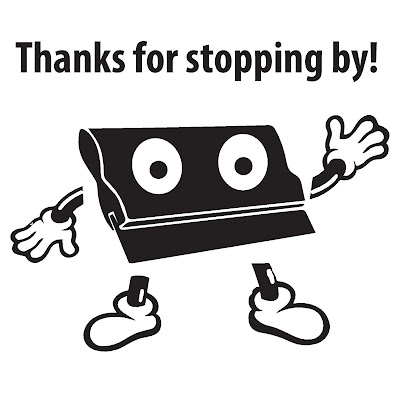Make sure the ink on the transparencies is dark enough. If the transparencies are not dark enough the design won't show up when it's placed on the screen and is exposed to light.
Tape your design to the screen by taping all 4 sides.This will make sure the design doesn't move when you expose the screen to light. The more tape you use, the less the chances are your design will move when its place on the screen for exposure!
Go easy when you are putting emulsion on the tray! bubbles will start to form when the screen is drying if you end up applying to much emulsion on the screen, which will become an issue when its time to place the design on the screen.
When it's time to put the emulsion on the screen, make sure you go nice and slow and cover all sides of the screen and not leave any spots uncovered.
Try not to touch the screen when it's drying, if you want to check if the screen is dry, lightly touch the corners instead of the middle. Once the corners of the screen are dry, the whole screen should be dry because the corners take the longest to dry.
After you expose the screen to light, make sure you wash the screen right away! Washing the screen intermediately makes the design easy to wash out.
When you are washing out the design off of the screen, it helps to something to help you scrub the design out. Using anything with a hard surface will damage the design on the screen. Try to find something that has a soft surface that will help you wash the design off of the screen but is not hard enough that it will destroy the design. I find paper towels really useful for this.
Make sure you stir the ink before you place it on the screen! This will make the ink easy to apply. Stirring the ink constantly can also lead to better quality prints and it can also make it easier to wash them after you are done screen printing.
If you find holes on your screen where there shouldn't be, don't be afraid to use tape! tape will hold off the ink so that it does not go through the screen and into your shirt (or whatever else you are trying to screen print)
Hold the squeegee at an angle when you are screen printing. Holding the squeegee at an angle makes it easier for the ink to go through the screen. This is something that you need to practice in order to get better at it.
Go easy on the ink! The more ink you use, the more you will have to clean!
When you are screen printing, don't be afraid to press hard on the screen. The screen wont break, it is designed so that you can apply force on it. Remember that the harder you press on the screen the better results you will have.
Practice, practice, practice! You can only get better at screen printing if you practice whenever you have the chance!
What are some of your tips or tricks that you use when you are screen printing?

























































